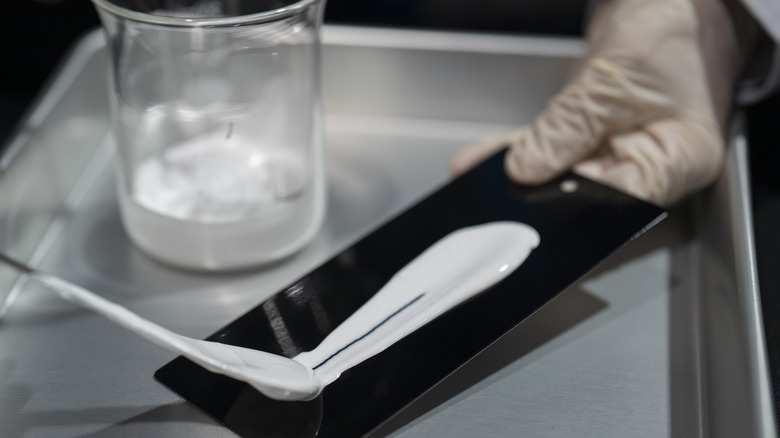
In the modern era, where nearly all cars are equipped with air conditioning, driving when it's hot outside isn't nearly as uncomfortable as it was in the earlier days of motoring. But despite advances in automotive climate control, there's still something very unpleasant about climbing into a car that's been sitting in the sun for a few hours, and being greeted by a scorching hot cabin. Once you start driving, even with the AC fan blowing away at full speed, it can still take a while to cool the interior
down to a comfortable level.
On many newer cars, there are ways to counteract this by engaging the car's air conditioning in advance, either manually via a button, or with a pre-conditioning system where the AC can be automatically activated once the cabin reaches a certain temperature or at a certain time of day. Tesla vehicles have this capability, which is also used for their Dog Mode to keep the cabin comfortable for a canine friend.
Nissan, though, has been experimenting with a different, more proactive way of keeping a car cool, by creating an experimental "cool paint technology" designed to counteract the sun's rays and keep the exterior and interior of the car from getting too hot in the first place. While Nissan didn't invent the idea of cooling paint itself, it is leading the effort to make it work on vehicles.
Read more: 10 Toyota Models With Terrible Resale Value
From Buildings To Cars

Developed in collaboration with a company called Radi-Cool, Nissan has been experimenting with this new type of automotive paint since 2021. The paint, which has typically been used to keep buildings and large structures cooler, uses a formula that both reflects the sun's rays and counteracts the micro-vibrations they cause, in turn redirecting heat away from exteriors and interiors and back into the atmosphere.
The goal with the new paint formula isn't just to make a car's interior more comfortable for its drivers and passengers; it also reduces the amount of energy used to cool the cabin via the car's HVAC system, whether that's gasoline on an internal combustion car or battery charge on an electric vehicle.
On buildings, the cooling paint is typically very thick, applied with a roller, and lacking a clear top coat. Adapting it for automotive applications has required making the paint a lot thinner, so it's applicable with a spray gun, and also adding a top coat finish that automotive paint needs. So far, Nissan has seen positive results during its testing.
Cool Is Efficient

According to Nissan, when parked next to a vehicle with traditional paint in the same conditions, the vehicle with the cool paint was cooler on the exterior by 12 degrees Celsius, and cooler inside by 5 degrees Celsius. As part of a 12-month trial, Nissan applied the experimental paint to an NV100 service vehicle used at Tokyo's Haneda International Airport, to test the paint's durability and cooling capability in a very heat-conductive environment.
Despite the advances Nissan has made with the paint, it's still not quite ready for production. Though great effort has been made to make the paint thinner when compared to the original version used on buildings, it's still about six times thicker, and therefore heavier than normal automotive paint. Nissan plans to continue adjusting the formula to make the coat thinner while retaining the same cooling ability. They are also experimenting with additional colors besides white.
As of now, it's hard to tell whether Nissan's self-cooling paint will ever become a production option, or how much the option would cost if it does become reality, but it's certainly a promising possibility. In the meantime, though, here's another, simpler trick you can use to quickly cool down your car's cabin on a hot day.
Want the latest in tech and auto trends? Subscribe to our free newsletter for the latest headlines, expert guides, and how-to tips, one email at a time.
Read the original article on SlashGear.











